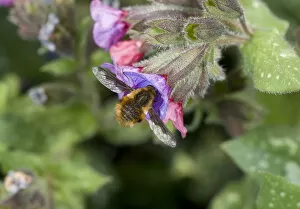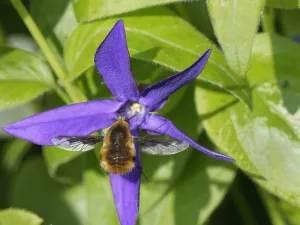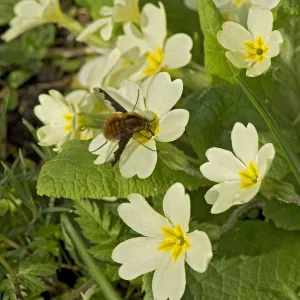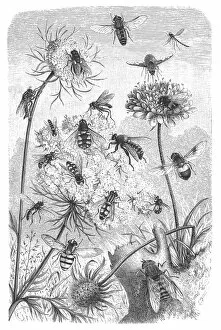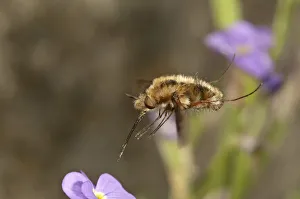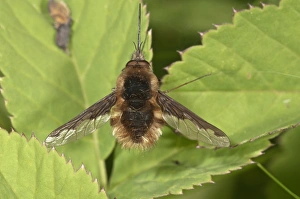Bombylius Major Collection
The Bombylius major, commonly known as the large bee-fly, is a fascinating insect that can be found in various gardens and natural habitats
All Professionally Made to Order for Quick Shipping
The Bombylius major, commonly known as the large bee-fly, is a fascinating insect that can be found in various gardens and natural habitats. This species has been observed nectaring on a variety of flowers, including lungwort, greater periwinkle, primrose, honesty, goat willow catkin, Darwins barberry, and even aubrieta. In Surrey's garden, the Bombylius major was spotted gracefully hovering over lungwort flowers while indulging in their sweet nectar. Its delicate wings fluttered as it moved from one bloom to another. The vibrant colors of the Lungwort (Pulmonaria sp) perfectly complemented this majestic creature. Another sighting took place when this common bee fly visited a Greater periwinkle flower (Vinca major). With its long proboscis delicately inserted into the blossom's depths for nourishment purposes; it showcased an intricate dance between nature and pollination. Primroses seemed to be irresistible to these beautiful insects too. Their bright yellow petals served as landing pads for the Bombylius major as they eagerly fed on their sugary reward. These interactions were captured during March when spring was just beginning to awaken nature from its winter slumber. Not limited to specific floral choices, these bee-flies also showed interest in Honesty (Lunaria annua), Goat willow (Salix caprea) catkins and even Darwin's barberry (Berberis darwinii). Each encounter provided unique opportunities for observation and appreciation of their role in maintaining ecological balance through pollination. Beyond Surrey's borders lies Germany where Untergroeningen became witness to some extraordinary moments involving the large bee-fly. Here we see them sucking nectar from Aubrieta blossoms - showcasing how these insects transcend geographical boundaries with their quest for sustenance. The images captured in Baden-Wuerttemberg highlight both the beauty and resilience of the Bombylius major.


